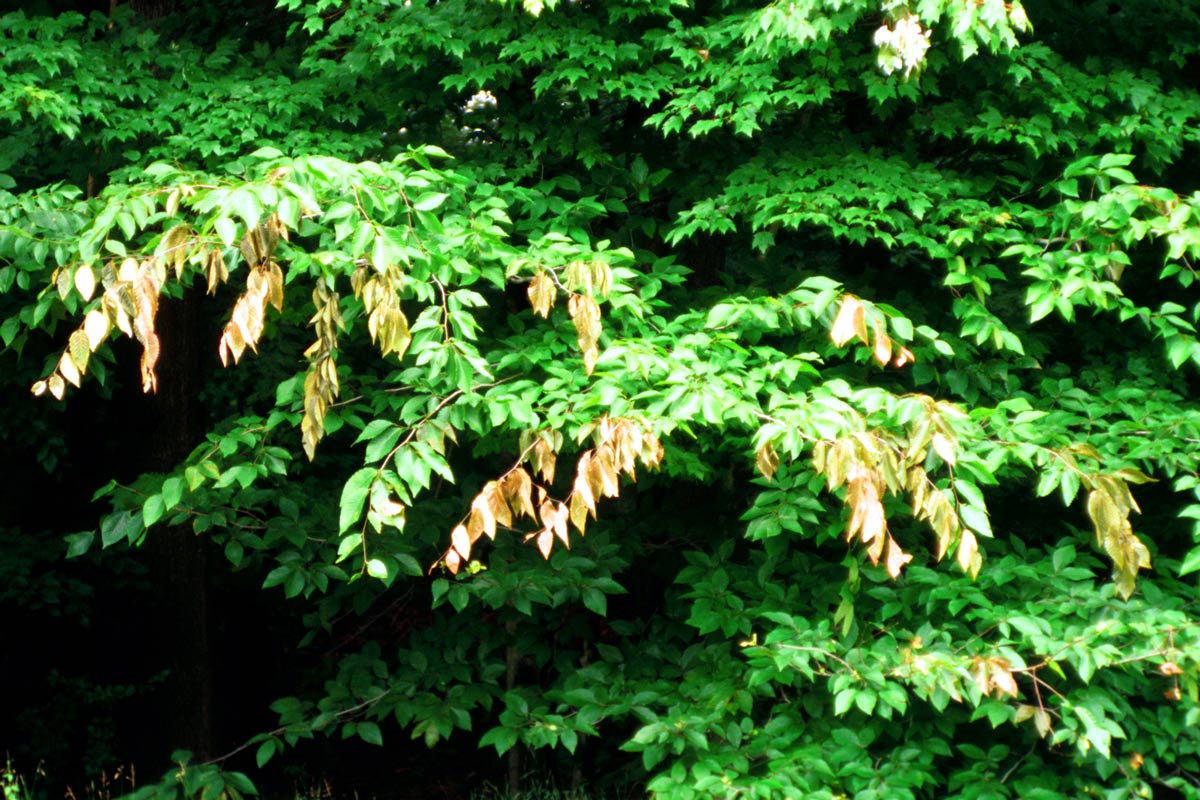Bugged by Bugs? Plant More Plants
Tired of bugs eating their way through your garden? Learn how you can combat the effects of pest bug damage through plant diversity.

Cicadas are insects that brood underground for 17 years, and when they emerge, can be heard making a loud, steady, screeching noise. WerksMedia / iStock / Getty Images Plus
Gardeners in 15 states will hear a loud, steady buzz this spring that they haven’t heard in 17 years. The sound will come from the bodies of billions of pinky-sized, native, locust-like bugs called cicadas that emerge from the ground to mate only once every 17 years.
This oddity of nature showcases what is known as “Brood X,” the largest of several species of 17-year cicadas that inhabit a big chunk of the eastern United States from New York to Georgia and as far west as Mississippi.
Males make the humming call that we hear to attract females, which mate and then lay eggs to start the whole process over again.
Despite their high-pitched song and interesting look with bulging orange-red eyes, cicadas pose little threat. They don’t bite, they don’t sting, they don’t spread disease, and despite their swarming numbers, they don’t do much landscape damage. The main plant-injury threat comes from egg-laying.
Female cicadas cut small slits in young tree branches, then lay little white eggs in them. This cutting can cause branch tips to wilt or die from the egg-laying point outward. Their main target is small trees with branches that are a quarter-inch to a half-inch across. Larger trees can withstand slitting damage and show little to no significant damage.
Cicadas lay eggs in about 80 different species of woody plants, including fruit trees, nut trees, oaks, maples, dogwoods, and hawthorns. They have no interest in laying eggs in needled evergreens, and they also don’t bother flowers or vegetables, although you may see them resting on those plants.

Cicada damage is generally limited to some dieback of branch tips, especially on small branches. Jim Occi/Bugwood.org
Since cicadas don’t show up everywhere – even within affected states – there’s no need to do anything unless you hear their telltale sound nearby. Cicada populations are largest near wooded areas and in areas with ample trees and shrubs that have been undisturbed for the last 17 years. They don’t favor concrete-laden cities or housing developments in which the underground nymphs were bulldozed during construction in the past 17 years.
If cicadas are lurking, young trees can be protected by wrapping the canopies in netting (with smaller than half-inch openings) or light-weight fabric row covers (usually used to drape over vegetables in the garden). Be sure to fasten the covering to the trunk so cicadas can’t get in underneath. If damage occurs, simply prune off the dead branch tips. Most trees will push new growth from the remaining inner wood and recover with just a minor setback. If you’re concerned about planting a new tree, wait until summer or early fall – after the “invasion” is over.
Entomologists advise against spraying. Sprays have to hit the bugs to be effective since cicadas don’t feed on plant parts, plus pesticides can cause off-target damage to butterflies, bees, and other beneficial insects. Besides, after mating season, adults will die and the next generation of nymphs will burrow into the ground, not to be seen again until 2038.

Young trees can be protected from cicadas by wrapping them in netting or fabric row covering. James B. Hanson/USDA Forest Service
In the meantime, all of those cicadas will make tasty snacks for birds, rodents, and pet cats and dogs.